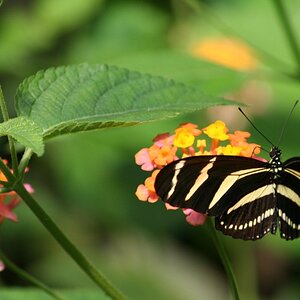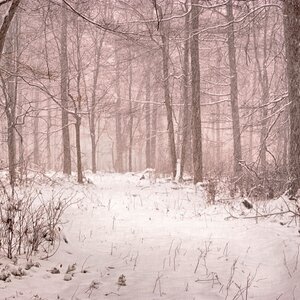Pratoman
TPF Noob!
- Joined
- May 24, 2015
- Messages
- 25
- Reaction score
- 1
- Location
- NYC Area
- Can others edit my Photos
- Photos NOT OK to edit
Thanks guys (and gals).
I walked around Manhattan today shooting, mostly in Central Park. I still don't really know what I'm doing, but I think I got some decent shots. And some not so good. Based on the comments above from simply barb, I think a lot f it is me.not the lens.8 need to practice practice practice. And read. Then practice some more.
My trip is next week, and I don't want to make any rash decisions, like I did with the Tamron in question, because I was going south in a few days. So worst case, if I can't get up to speed, I'll just put the camera on auto when in Alaska and Vancouver, to give myself the best chance of shots that work. And I'll continue to learn when I get home.
I sent a link to my pics to my son who is somewhat into photography. And I'll try to upload some pics here if I can figure it out over the weekend.
I really appreciate the advice.
Thank you
I walked around Manhattan today shooting, mostly in Central Park. I still don't really know what I'm doing, but I think I got some decent shots. And some not so good. Based on the comments above from simply barb, I think a lot f it is me.not the lens.8 need to practice practice practice. And read. Then practice some more.
My trip is next week, and I don't want to make any rash decisions, like I did with the Tamron in question, because I was going south in a few days. So worst case, if I can't get up to speed, I'll just put the camera on auto when in Alaska and Vancouver, to give myself the best chance of shots that work. And I'll continue to learn when I get home.
I sent a link to my pics to my son who is somewhat into photography. And I'll try to upload some pics here if I can figure it out over the weekend.
I really appreciate the advice.
Thank you


 I generally use "A" most of the time myself. I wouldn't just say "S" is for "action" shots, more so for shots with movement. Like the horse and buggy shot. While it may be moving slowly, if you focus then shoot but the shutter speed isn't quick enough to capture at that focus point, then the focus point has changed thus creating your blurred shots. All it takes to blur the shot is a minute amount of movement, especially at longer distances.
I generally use "A" most of the time myself. I wouldn't just say "S" is for "action" shots, more so for shots with movement. Like the horse and buggy shot. While it may be moving slowly, if you focus then shoot but the shutter speed isn't quick enough to capture at that focus point, then the focus point has changed thus creating your blurred shots. All it takes to blur the shot is a minute amount of movement, especially at longer distances.


![[No title]](/data/xfmg/thumbnail/38/38261-db20f6f92ee8f0d4c5cf1536e308638b.jpg?1619738546)
![[No title]](/data/xfmg/thumbnail/30/30888-e7fd3f6ad2e0d85268f086de6d796459.jpg?1619734499)


